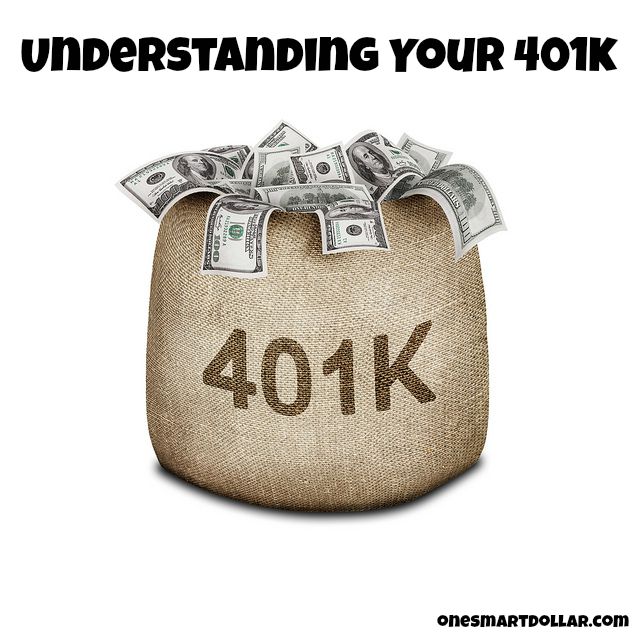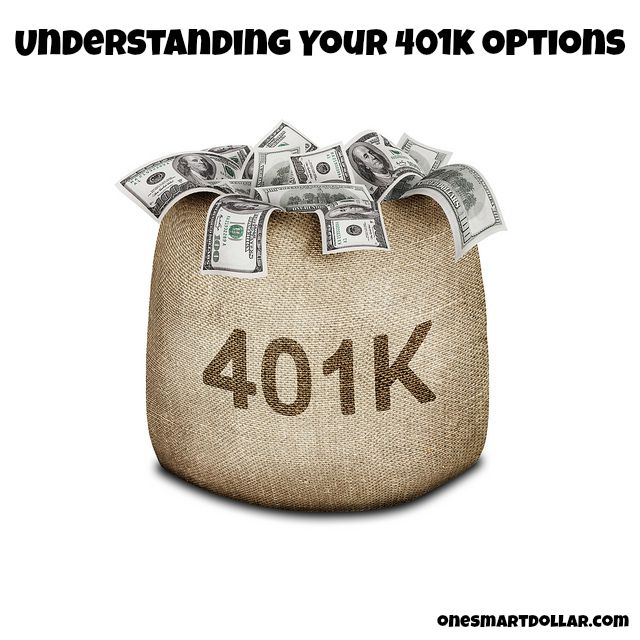While your employer’s 401(k) plan is intended to help you establish and manage a retirement savings account that meets your current and future needs, understanding your 401(k) options isn’t always intuitive.
Here’s a look at some common features that 401(k) plans include, and how the terms, features and benefits associated with these accounts impact your money.
Direct contributions from your paycheck
If your employer offers a 401(k) plan, enrollment usually requires little more than filling out a short form, and stating how much of your paycheck you wish to contribute to the account each pay period.
Why should you contribute to your employer’s 401(k) plan directly from your paycheck, as opposed to placing the money in your own savings account, or taking the money in your paycheck and then diverting the money into an investment or retirement account you already own? In short: Tax deferred benefits.
When you designate a direct contribution to your 401(k) from your paycheck, the dollars are considered “pre-tax” — funds you put toward your 401(k) plan (up to the maximum contribution limit) are not included in your taxable income for that year.
The possibility of free money from your employer
If your employer offers to “match” a portion of the funds you contribute to your 401(k) plan (commonly up to 3 percent or 6 percent of your own annual retirement contribution), it’s akin to receiving free money to put toward your retirement. Like your own 401(k) contributions, employer matches are not considered taxable income and are tax deferred until you take distributions from the account.
Control over how long your money can grow
The money you invest into your 401(k) plan (the principal) grows tax-free until you take distributions from the account. Though you can technically access the funds in your 401(k) plan before retirement, you may face fees, penalties and potential tax liability for doing so before age 59 ½ unless you qualify for some predetermined exemptions. If you leave your employer, the money you put into your 401(k) plan is also yours to keep. You can avoid penalties by rolling the 401(k) funds directly into an individual retirement account with a plan administrator of your choice, or your employer may allow you to leave the account as is, indefinitely.
The flexibility to invest how much you want
Though the federal government states that you cannot contribute more than $18,000 a year into your 401(k) account for 2015, that limit doesn’t include employer contributions to your account. If you’re paid biweekly, for example, a recurring contribution of about $700 a pay period would help you reach the annual limit — and presents a significant opportunity to lower your taxable income. Most employers allow employees to adjust the amount they contribute to retirement from their paychecks at any time.
Options for your money based on goals and risk tolerance
Regardless of the administrator your employer uses to manage the 401(k) plan, most offer a range of investing options. However, since investments like bonds and money market funds tend to be low risk, there’s limited potential to grow your money. Stocks and mutual funds (which are essentially a basket of many stocks) tend to be a bit riskier, but don’t assume you can’t afford to take the loss. In fact, the longer you have until retirement to recover potential losses that may occur from market volatility, the more aggressive you can afford to be in your investments.
Customized plan advice
In addition to the opportunity to research, review and choose the investment options your 401(k) plan offers independently, many 401(k) plans offer age-based investment tools. These products aim to simplify the process for plan owners who customize a diversified portfolio based on the plan owner’s age, desired retirement age, amount saved and needed, and appetite for risk. Some plans may also offer direct access to an investment representative, though fees vary by provider.
About the Author
PredictWallStreet gathers stock opinions from investors worldwide, and aggregates them to enable better trading decisions. Financial sites use PredictWallStreet to attract users to their sites and keep them there. Brokers benefit from PredictWallStreet because users place an average of 30 percent more trades.


